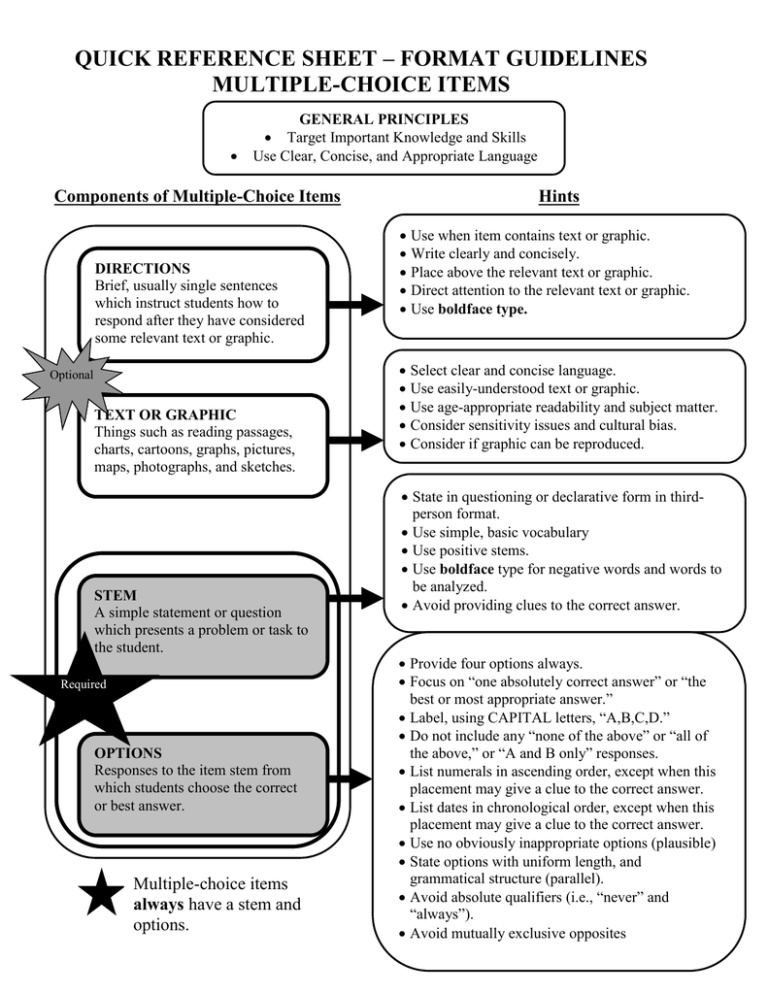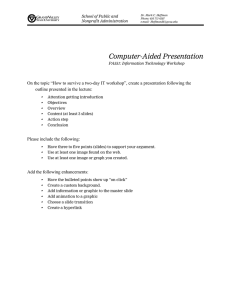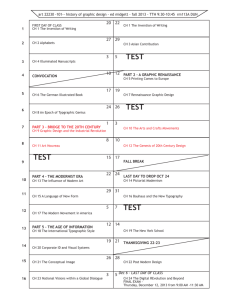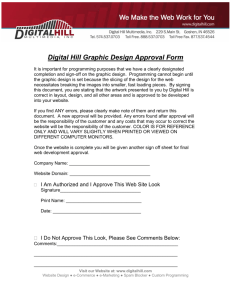QUICK REFERENCE SHEET – FORMAT GUIDELINES MULTIPLE-CHOICE ITEMS Components of Multiple-Choice Items Hints
advertisement

QUICK REFERENCE SHEET – FORMAT GUIDELINES MULTIPLE-CHOICE ITEMS GENERAL PRINCIPLES Target Important Knowledge and Skills Use Clear, Concise, and Appropriate Language Components of Multiple-Choice Items DIRECTIONS Brief, usually single sentences which instruct students how to respond after they have considered some relevant text or graphic. Optional TEXT OR GRAPHIC Things such as reading passages, charts, cartoons, graphs, pictures, maps, photographs, and sketches. STEM A simple statement or question which presents a problem or task to the student. Required OPTIONS Responses to the item stem from which students choose the correct or best answer. Multiple-choice items always have a stem and options. Hints Use when item contains text or graphic. Write clearly and concisely. Place above the relevant text or graphic. Direct attention to the relevant text or graphic. Use boldface type. Select clear and concise language. Use easily-understood text or graphic. Use age-appropriate readability and subject matter. Consider sensitivity issues and cultural bias. Consider if graphic can be reproduced. State in questioning or declarative form in thirdperson format. Use simple, basic vocabulary Use positive stems. Use boldface type for negative words and words to be analyzed. Avoid providing clues to the correct answer. Provide four options always. Focus on “one absolutely correct answer” or “the best or most appropriate answer.” Label, using CAPITAL letters, “A,B,C,D.” Do not include any “none of the above” or “all of the above,” or “A and B only” responses. List numerals in ascending order, except when this placement may give a clue to the correct answer. List dates in chronological order, except when this placement may give a clue to the correct answer. Use no obviously inappropriate options (plausible) State options with uniform length, and grammatical structure (parallel). Avoid absolute qualifiers (i.e., “never” and “always”). Avoid mutually exclusive opposites


